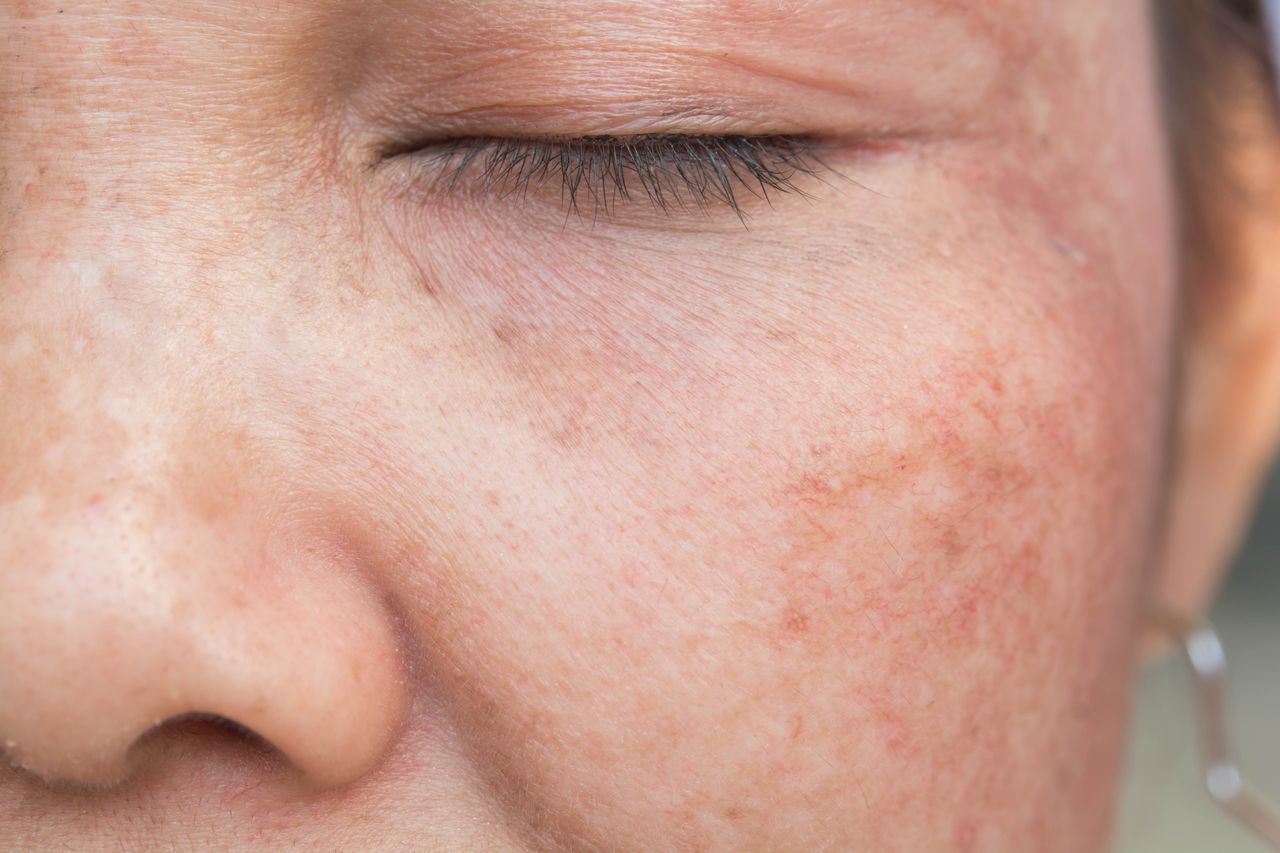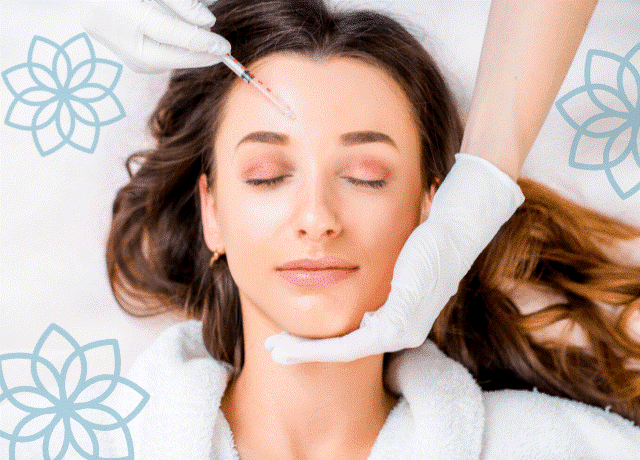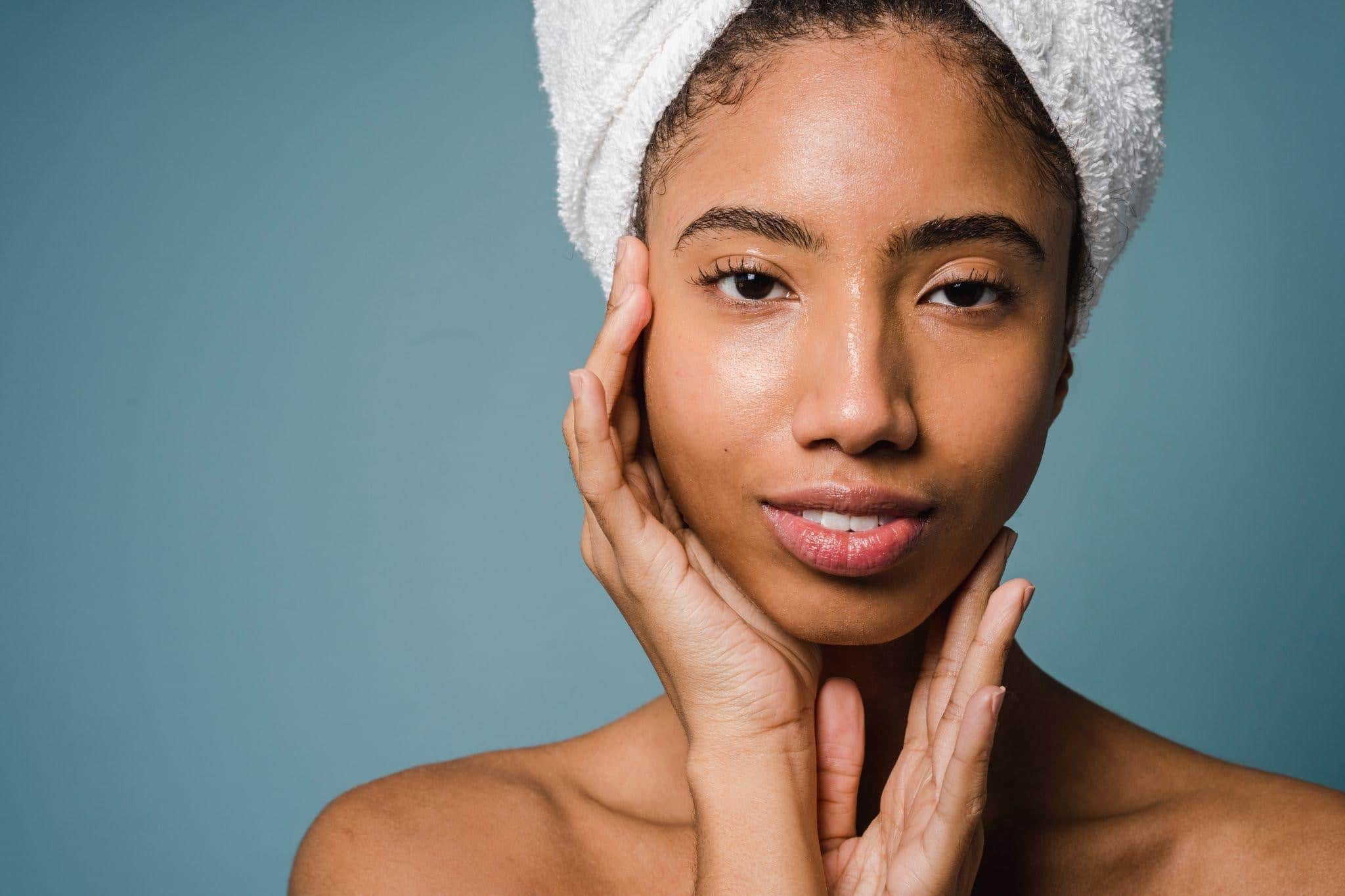
Tiny, flat dark areas on the skin are known as age spots. They come in various sizes and typically appear on sun-exposed areas like the face, hands, shoulders, and arms. Sunspots, liver spots, and solar lentigines are all terms for age spots.
Adults over the age of 50 are more likely to develop age spots, but younger people will set them if they spend too much time in the sun.
Age spots may resemble cancerous tumors. Actual age spots do not need medication, but they are a symptom of excessive sun exposure and your skin’s effort to shield itself from more sun damage. They can be lightened or omitted for aesthetic purposes.
Regularly applying sunscreen and avoiding the sun can help to prevent age spots.
Signs and Symptoms
Age spots may affect people of all skin types, but light-skinned adults are more likely to develop them. Unlike freckles, age spots do not fade, which are customary in children, and vanish with no sun exposure.
Age Spots
- Are smooth, oval areas of increased pigmentation
- Usually are tan to dark brown
- Arise on sun-exposed skin, such as the backs of hands, tops of feet, face, shoulders, and upper back
- Can be as small as a freckle or as large as 1/2 inch (13 millimeters) in diameter.
- Can group, making them more visible.
When do you see a doctor?
Age spots do not necessitate medical attention. Examine any sites that are black or have changed in appearance with your doctor. Melanoma, a severe type of skin cancer, may cause these changes.
Any new skin changes should be examined by a doctor, particularly if a spot:
- It’s black
- It’s getting bigger
- It’s got an irregular border
- It’s got an odd color combination
- It’s bleeding
Reasons for this
Pigment cells that are overactive trigger age spots. The development of melanin, a natural pigment that gives skin its color, is accelerated by ultraviolet (UV) light. When melanin becomes clumped or formed in high amounts on skin that has been exposed to the sun for years, age spots appear.
Commercial tanning lamps and beds may also cause age spots.
Preventative measures
Follow these sun-exposure guidelines to help prevent age spots and new spots after treatment:
Between the hours of 10 a.m. and 2 p.m., stay out of the heat. Since the sun’s rays are strongest at this time of day, try to plan outdoor activities later in the day.
Apply sunscreen to your skin. Apply a broad-spectrum sunscreen with an SPF of at least 30 15 to 30 minutes before going outside. Apply sunscreen liberally and reapply every two hours — or more often if you’re swimming or sweating heavily.
Keep your head down. Wear tightly knit clothing that protects your arms and legs, as well as a broad-brimmed hat that offers more sun protection than a baseball cap or golf visor.
Wear clothing that is built to shield you from the sun. To get the best security, look for clothing with an ultraviolet protection factor (UPF) of 40 to 50.



